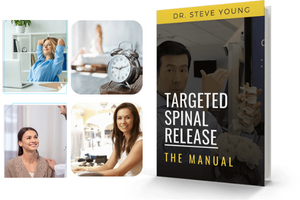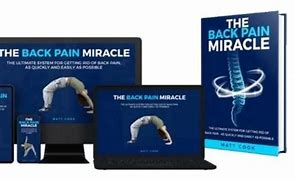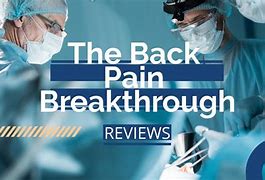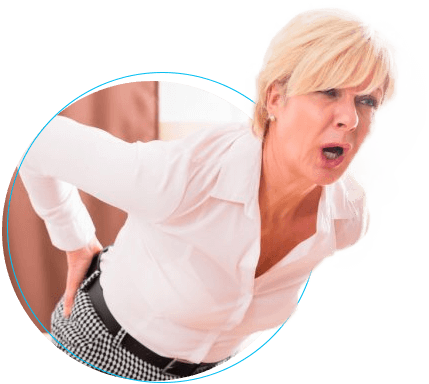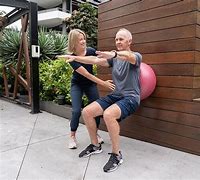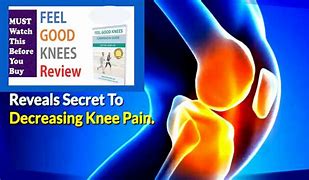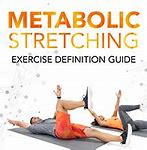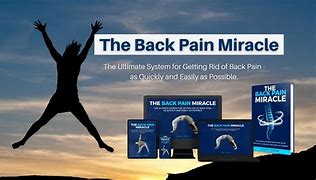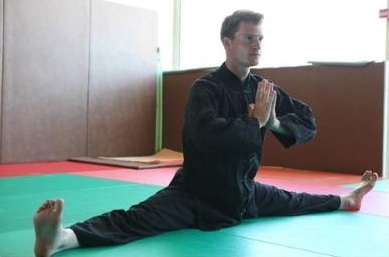How Can I Prevent Neck Pain?
Description
Pain or discomfort in the neck is a common reason for patients to seek medical care. Most cases are not serious. A muscle spasm, brought on by poor posture, sleeping position or stress, is the most frequent causes of neck pain. But an aching neck can be a symptom of a more serious problem. Disc degeneration, narrowing of the spinal canal, arthritis and even cancer cause neck pain. For serious neck, problems a primary care physician and often a specialist, such as a neurosurgeon, should be consulted.
When To See a Physician
A doctor should be consulted if neck pain occurs after an injury or blow to the head. Also see a doctor if a fever or headache accompanies the neck pain, if a stiff neck prevents you from touching your chin to your chest, if pain shoots down one arm, if there is a tingling in your hands or if pain does not decrease after a week.
You can take a number of steps on your own to alleviate neck pain caused by strain or spasm of the neck-muscles. Improve your posture and change the way you sleep. Take rest breaks at work instead of silting or standing in the same position. Do exercises to stretch the neck and shoulder muscles. Use hot showers, hot compresses or a heating pad to relax tense muscles. Take aspirin or ibuprofen.
Understanding The Neck
The neck is part of a long flexible column of bones and other tissue, often referred to as the spinal column or backbone, that extends through most of the body. The neck region of the spinal column is called the cervical spine, which consists of seven bones or vertebrae that are shaped like building blocks.
Intervertebral discs separate the vertebrae from one another. These discs allow the spine to move freely and act as shock absorbers when a person moves.
The back of each vertebra forms a tube-like canal of bone that runs down the back. This space is called the spinal canal, through which the spinal cord and nerves travel. The spinal cord is surrounded by cerebrospinal fluid and three protective membranes called the dura, the pia and the arachnoid.
A pair of spinal nerves exit each vertebra through small openings called foramina (one to the left and one to the right). These nerves connect to the muscles, skin and tissues of the body, providing sensation and movement to all parts of the body. The delicate spinal cord and nerves are further supported by strong muscles and ligaments that are attached to the vertebrae. The cervical spine needs to be strong because it also holds up the head, which can weigh 10 pounds or more.
Cervical Stenosis
Cervical stenosis is a narrowing of the spinal canal that can pinch the spinal cord. The normal aging process is usually the cause. The discs dehydrate over time, causing them to lose their ability to act as shock absorbers. At the same time, degenerative changes in the vertebrae can lead to the growth of bone spurs that compress the nerve roots. The bones and ligaments that make up the spine gradually thicken and become less pliable. These changes cause the spinal canal to narrow.
Symptoms of cervical stenosis are neck pain, numbness and weakness in the hands, inability to walk at a quick pace, deterioration of fine motor skills and muscle spasms in the legs.
Diagnosing Neck Problems
A physician investigates a neck problem through a medical history, physical exam and diagnostic tests. The physical examination includes an assessment of sensation, strength and reflexes in various parts of the body to help pinpoint which nerves or parts of the spinal cord are affected. The doctor may then order various diagnostic studies to determine more precisely the nature and extent of the disorder.
Treatment
Patients with neck pain are usually treated conservatively at first. Non-surgical treatments often can provide sufficient relief. Most cervical disc herniations, for example heal with time and conservative treatment and do not require surgery.
Conservative treatment includes bed rest, reduction of physical activity, physical therapy and wearing a cervical collar, which provides support for the spine, reduces mobility and lessens pain and irritation. An injection of corticosteroids may be used to temporarily relieve pain. A cervical traction device may be used to further relieve the pressure on the nerves in the neck. This device attaches to the head and pulls up on the head using a pulley system and weights: It is usually applied a few times a day and can be used while sitting or lying in bed.
Mild cervical stenosis can be treated conservatively for extended periods of time as long as the symptoms are restricted to neck pain. Severe stenosis requires referral to a neurosurgeon.
Treatment of whiplash injuries consists of analgesics, non-steroidal anti-inflammatory drugs, muscle relaxants and aggressive physical therapy. Home cervical, traction and manipulation are sometimes helpful. Approximately 65 percent of whiplash patients make a full recovery, 25 percent have minor residual symptoms and 5 to 10 percent develop chronic pain syndromes.
Conservative treatment options may continue for up to eight weeks. If there is severe muscle weakness or progressive symptoms, a more aggressive timetable may be warranted to avoid an irreversible wasting away of the muscles.
When Surgery Is Necessary
Surgery may be needed when conservative treatments for cervical disc problems do not provide relief. The choice of treatment and the decision as to when to perform the operation should be determined by a neurosurgeon, the medical specialist trained in the surgical treatment of disorders of the spine.
Surgery may be advisable if:
-
You miss work because of pain.
-
You are unable to join in family activities because of pain or muscle weakness.
-
Your pain forces you to, spend more time alone, away from friends and family.
-
You feel frustrated or depressed because of your pain.
-
You are otherwise in good health.
Factors in determining the type of surgical treatment include what type of disease (herniated disc or bone spurs), whether there is pressure on the spinal cord-or spinal nerves and if the spine is dislocated in addition to pressure on the cord or nerves. Other factors include age, duration of disorder, other medical conditions and previous medical history.
What Are The Causes Of Neck Pain?
The roots of neck pain lie in our modern lifestyle. At the workplace, prolonged sitting and many hours of computer use can cause neck pain. Travel with the carrying of hand luggage and laptops all contribute to neck pain. Recreational exercises performed improperly or without adequate warming up, massages with neck manipulation, poor posture etc can cause wear and tear of the cervical spine resulting in neck pain and shoulder discomfort. Most patients with neck pain have varying degrees of spinal disc degeneration.
When Do I Need Seek Medical Attention For Neck Pain?
We recommend that patients with neck pain/discomfort consult a NeuroSpine Specialist for a thorough neurological evaluation and an MRI scan of the cervical spine before embarking on any therapy The medical evaluation will include an assessment of sensation, strength and reflexes. X-rays alone are inadequate as they cannot show spinal cord or nerve compression. Your spine specialist can then recommend the various options for treatment depending on the severity of the disc disease and any nerve compression.
When Does Surgical Intervention Become Necessary?
Surgical intervention, such as microsurgery with disc replacement, becomes necessary when pain is not relieved by conservative (non-surgical) treatment or when there are neurological deficits such as weakness in the arm or hand. This is associated with the MRI showing moderate to severe nerve impingement that may be caused by a degenerated /prolapsed disc/discs, thickened ligaments, and overgrowth of bone.
The decision for surgery should be made by you and your neurosurgeon. New and advanced technology is available for the replacement of discs but there is no technology available to replace or repair damaged nerves in the spine. We therefore advise patients not to not wait until their nerves are permanently damaged. After a microsurgical intervention, patients will still need to be put through a proper and organized spine therapy program. This is for long term spine strengthening and preventing relapses. We have found in our experience that a combination of aquatic therapy with physiotherapy works best.







